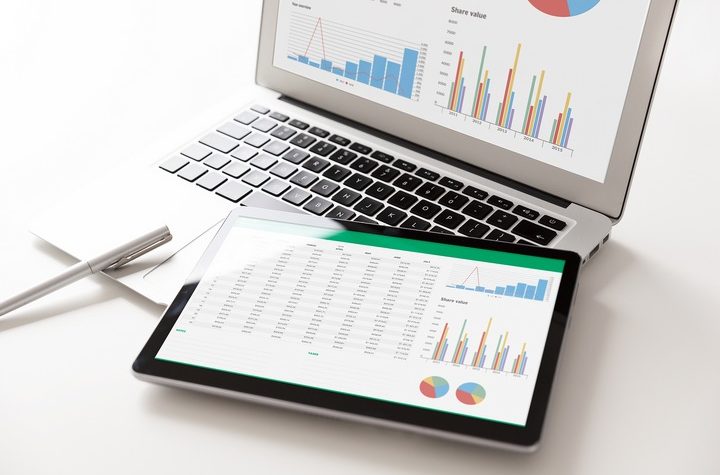An advanced financial modeller is tasked with interpreting expenses and earnings to author summaries that detail specific findings and recommendations. Advanced modelling is done specifically to target and analyze the data’s impact on future events and decisions. For example, advanced financial modelling may be something done to look at company stock performance in response to a specific event or executive decision.
There are three primary types of advanced financial modelling:
- The first is a detailed operating model to analyze the primary drivers of revenues and operations.
- The second is a leveraged buyout model, examining debt finance and capital structure.
- The third involves mergers & acquisitions, which look at combining two business units.
An advanced financial modeller may specialize in either of these three fields. A business may employ advanced financial modelling for various uses. In addition to the already mentioned, one might use analyses derived from financial modelling to guide on raising capital, to help strategize marketing and reputation-based business decisions, and investment decisions.
Let’s learn more about what an advanced financial modeller does.
Advanced Financial Modelling

An advanced financial modeller, or AFM, requires certification. The technical skillset can be learned in a financial modelling course. The best advanced financial modellers are individuals with an approach to thinking that differs from the average person. As you fill out the technical side of things, you will gain the modelling ability to take your passion to the next stage. To be concise, anyone can be an AFM with the right certification and approach to problem-solving, detail, and strategy.
Someone specializing in advanced financial modelling can find work in various business development areas. They may be used in investment banking, corporate development, or accounting and work directly for corporations and companies looking to handle finance, planning, analyses, and accounting in-house.
A successful advanced financial modeller needs a solid understanding of accounting and financial statements. Understanding how to build a forecast and the ability to distill large amounts of data into different formats and formulas is necessary. You will also need a framework for problem-solving, strong attention to detail, the ability to identify details and convert them to high-level strategy, and clear presentation skills are an asset.
Interpreting Basic Financial Documents

An advanced financial modeller can interpret and analyze basic financial documents in a manner that others do not. They are tasked with income statements, cash flow statements, balance sheets, and supporting schedules, filtering this data into different models, creating financial models, treating them as objective information, coordinating the numbers to determine patterns, explanations, and analyses.
Cost Estimates & Projections

In financial modelling, you’re using the past and the present to get a glimpse into the future. Numerous variables exist, some known and many unknown. The best advanced financial modelling methods take this into account. Models are often used to estimate the costs of certain projects or business strategies. They can also be used to project profits and revenues for the immediate future, taking internal and external factors into account.
Scenario-Building with Formulas & Functions

A large part of advanced financial modelling involves building scenarios based on formulas and functions. The more accurate the scenario-building is, the more accurate the analysis and results. Creating scenario-based analyses is common in financial modelling for volume and production, sales prices, variable costs, fixed costs, capital costs, discount rates, multiple-currency rates, macroeconomic assumptions, and industry-specific metrics.
Financially-Literate Decision-Making

The most successful companies in every discernible category of business remain that way by making informed decisions based on real-world advanced financial data. Revenues and profitability are everything. Every decision a company makes could impact that. An advanced financial modeller is tasked with ensuring executives are kept financially informed on the company’s state, not only today but also in the future.
Assessing Consolidations, Mergers & Acquisitions

A business is always changing. Departments merge. Businesses acquire other businesses. Any transition like this has to be costed. In advanced financial modelling, one might be tasked with analyzing the consolidation of multiple business units. This can be quite complex for some companies, as external factors include non-financial related responses, regulation, and consumer reaction to such a move.
Sensitivity Analyses

A sensitivity analysis is a form of financial analysis that involves manipulating the values of an independent variable to affect a dependent variable placed under a set of assumptions. Sensitivity analysis identifies the uncertainty of a model. This is important as it shows results of what’s dependent, questionable, or even unsupported. In some cases, it leads to better advanced financial modelling and, therefore, a better financial modeller.




